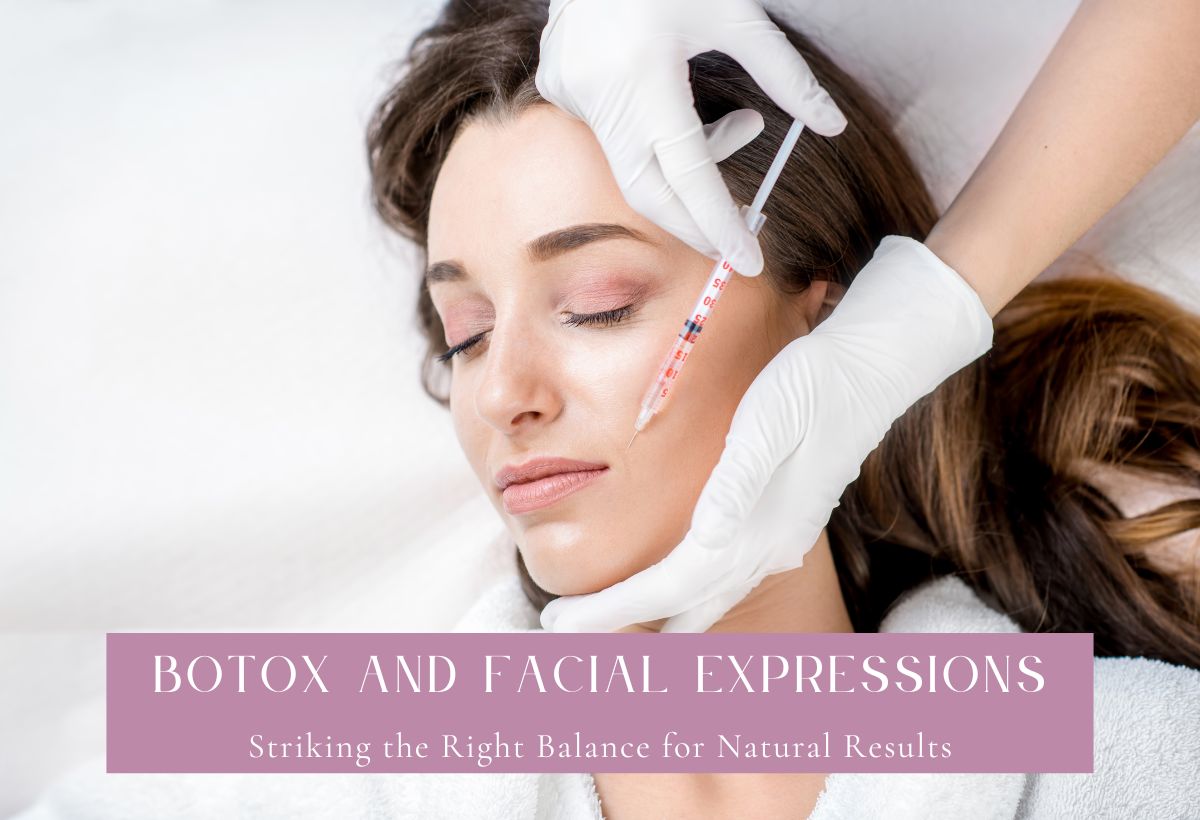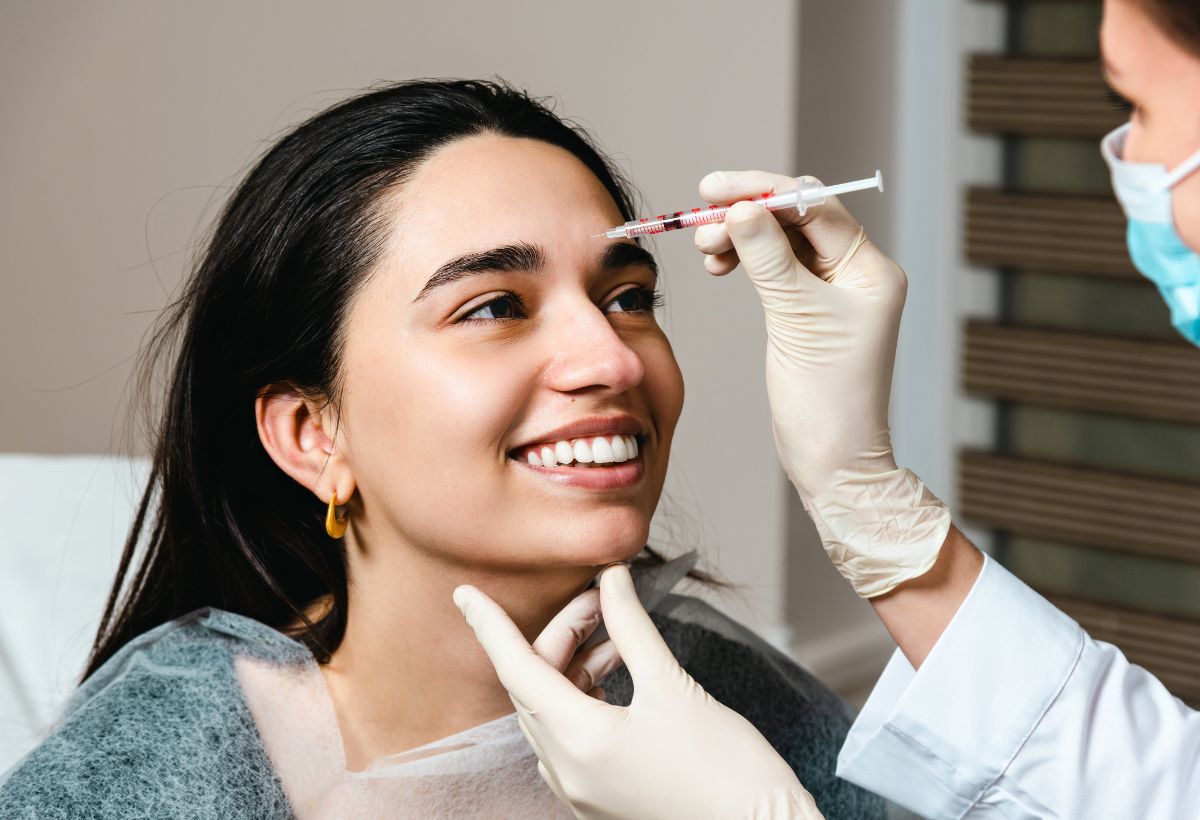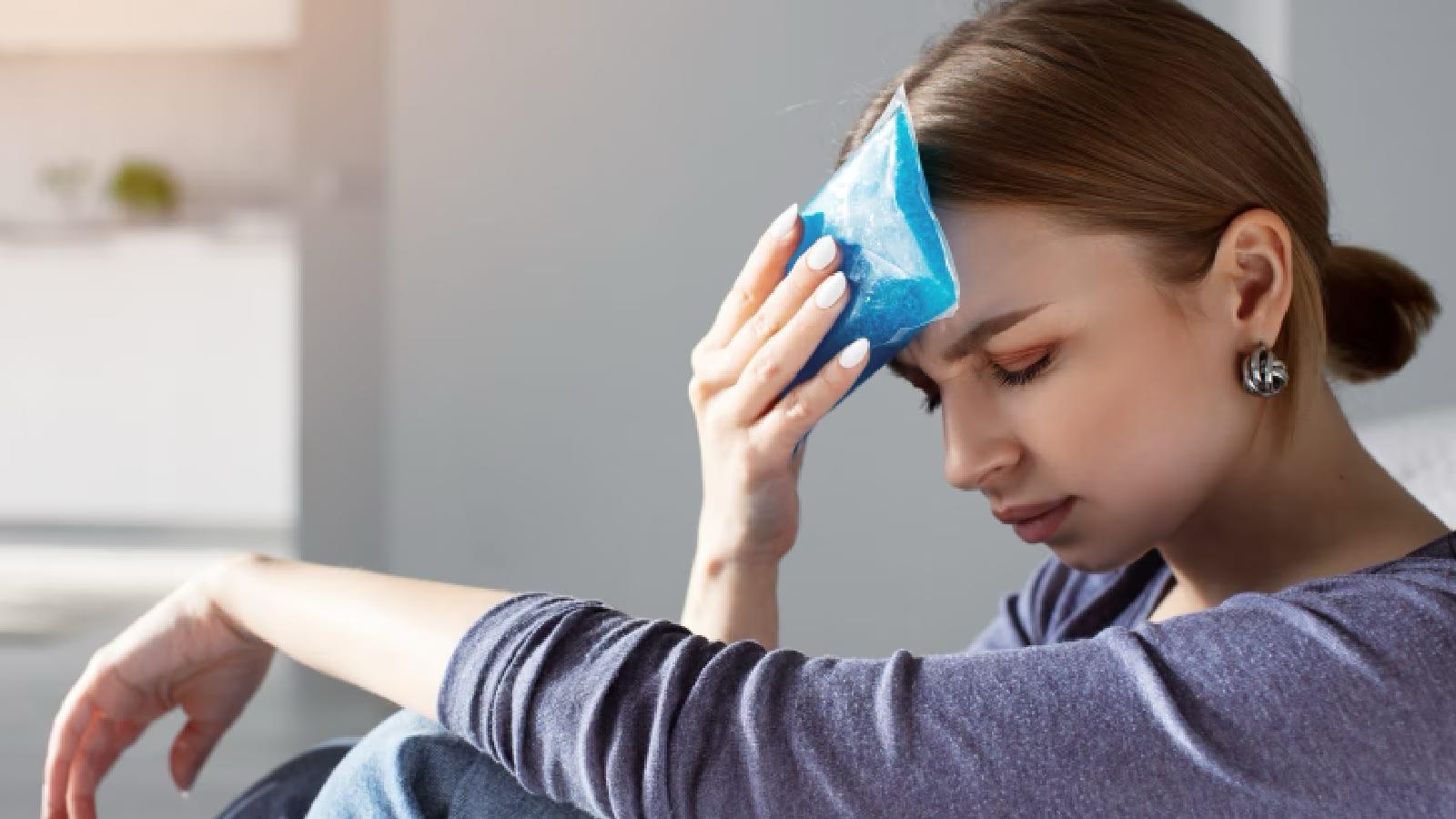
Botox is a brand name for botulinum toxin injections. Botox is injected into the skin, which affects the nerves and muscles beneath. Botox, which blocks nerve signals, is injected to relieve jaw pain, back pain, muscular pain, sciatica pain, and other nerve pains.
It is also often used in cosmetic procedures to smoothen the skin and eliminate age-related indications, such as wrinkles, jowls, fine lines, and crow’s feet. While it can help a person restore their youthful appearance, it can also make them look unnatural.
In this article, we will discuss how Botox affects facial expression, along with the steps you can take to achieve natural results.
How Does Botox Affect Your Facial Expressions?
Botox injections to minimize indications of aging have become a staple of the cosmetic procedures industry. When Botox is injected into a specific region, it paralyzes the muscles beneath, reducing the appearance of fine lines and wrinkles.
People usually get Botox injected near their mouths, under their eyes, and above their foreheads.
Signs of aging are most prevalent around our mouth, eyes, and forehead. This is because we use these muscles to emote, both verbally and non-verbally.
Botox paralyzes the muscles surrounding these areas. This makes it difficult for people to express basic human emotions like anger, sadness, surprise, and happiness.
Several studies have been conducted to understand the psychosocial impact of the inability to emote after Botox. These studies have found that Botox disrupts a person’s ability to mimic and interpret facial expressions.
This can hamper the person’s ability to relate to other people emotionally. There are also some studies that highlight that the inability to frown can help improve certain mood disorders.
Can Facial Exercises Improve Botox’s Wrinkle-Reducing Effects?
Facial Exercises can not only fasten Botox’s wrinkle-reducing effects but also improve them. The exercises speed up the process of Botox binding to the nerve cell receptors. This causes the muscles to relax, which smooths out the skin for a more youthful appearance.
Some studies show that facial exercises also positively impact the longevity of the treatment. Ultimately, it helps achieve a natural look where people can still easily make facial expressions.
Usually, a cosmetic dermatologist will recommend the appropriate facial exercises for maximum results. The client must follow their dermatologist’s recommendation and ensure no pressure is added to their face.
It is important to not exert yourself while doing these exercises as it can cause the Botox to migrate. The facial exercises must be performed a day after the procedure. Some effective exercises are-
- Eyebrow raising- If you have gotten Botox in your forehead, then you are suggested to perform eyebrow raises. Gently raise your eyebrows and hold them for a few seconds. Then relax. Repeat multiple times.
- Cheek Lifts- Doing cheek lifts after getting Botox around your lips helps remove laugh lines. Simply smile as widely as possible 10 to 15 times in a row.
- Smiling and Frowning- Smiling and frowning is another set of exercises recommended after getting Botox around the mouth.
- Neck Stretches- Tilt your head from side to side until your ear touches your shoulder. Repeat 10 to 15 times for a smoother neck.
Botox Aftercare For Natural Results
Aside from facial exercises, follow these aftercare tips for natural, long-lasting results-
1.Apply Ice Pack
Botox injections can lead to bruising and swelling. These are incredibly common side effects of the treatment and should not be alarming. Bruising can happen because the Botox needle can hit a blood vessel, which leaks blood into surrounding areas.
To alleviate this issue, apply an ice pack on the targeted area for 10 to 15 minutes several times a day. The ice pack helps reduce swelling in the area and reduce blood flow to the wounded area.
2.Avoid Other Skin Treatments
You mustn’t get any other skin treatments for at least one week after a Botox procedure. It is also advised to keep a simple yet hygienic skincare routine after the procedure.
3.Do Not Rub The Injected Area
You shouldn’t rub your face for at least 24 hours after getting Botox. The rubbing motion applies pressure on the skin.
This can cause the Botox to spread to nearby unintended muscles. In the worst-case scenario, rubbing can damage a nerve, causing the skin to droop rather than become tighter.
4.Avoid Extraneous Physical Activity
You must wait at least a day or two before exercising after a Botox treatment. Dermatologists ask you to wait because exercising increases the blood flow in your body.
An increase in blood flow could lead to the unintentional migration of the Botox from the targeted area to another. Thereby reducing the effectiveness of the Botox injections. Increased blood flow can also increase the risk of bruising from the injections in some cases.
5.Stay Out Of The Sun
Do not go out in the sun. You must also avoid taking hot baths, steam showers, and going into a sauna after a Botox procedure. This is because your body’s natural response to heat is to increase blood flow. Increased blood flow in the targeted area can cause swelling and bruising.
6.Sleep Properly
It is recommended to sleep on your back and in an elevated position. This maintains proper blood flow and helps avoid putting pressure on the injected area(s).
7.Avoid Smoking and Drinking Alcohol
It is best to avoid drinking alcohol, smoking nicotine, and indulging in other dangerous drugs after Botox treatment. These substances can have a dehydrating effect on your body, which disrupts proper blood flow.
Improper blood flow to the targeted area can lead to bruising. Therefore, it is best to avoid these substances for a few days. You must also avoid these substances if you have been prescribed pain medication to help you deal with pain after a Botox treatment.
8.Do Not Wear Makeup
Your skin can be extremely sensitive after getting Botox treatment. Increased sensitivity to the area can increase the risk of skin infections, especially when you use dirty brushes.
Additionally, to apply makeup, you must rub and massage your skin; this can cause Botox to spread to nearby tissues.
Conclusion
Botox is a wonderful procedure with many cosmetic and medical benefits. Proper care after getting this treatment is key to achieving long-lasting and natural effects.



